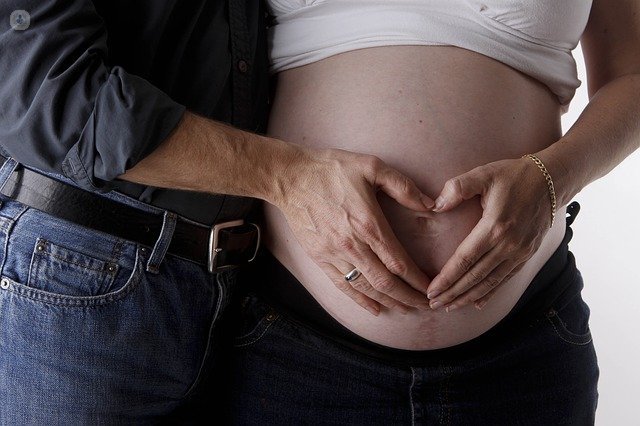Demand for embryo adoption
Written by:Embryo adoption is a treatment of assisted reproduction which has increased significantly in recent years due to the restrictions that many countries have for international adoption and especially due to the high cost of other treatments such as IVF .
 What is embryo adoption
What is embryo adoption
Embryo adoption is a technique of getting pregnant using frozen embryos that have been left without destination. The embryos come from healthy patients under 35 years, who have done IVF treatments and did not want more children. These embryos are aimless because the biological parents do not make any decisions about what to do with them (implantárselos to the woman herself, donate them to other patients, destroyed or donated for research) and being in custody of the medical center. According to the Law on Assisted Reproduction 2006 in these cases it is the medical center who decides what to do with these embryos within the above four possibilities.
In 2004, the Institut Marquès created the first embryo adoption program in order to use these embryos left. At first, the news caused an avalanche of information worldwide. However, over the years it has evolved into an increasingly socially acceptable option.
Who uses this treatment playback
Currently, 72% of people who come to this adoption program are couples, mainly heterosexual, 18% women without a partner, and the rest, who for ethical or religious reasons rule out other types of reproductive treatments.
This technique does not have to be a last resort to conceive a pregnancy, although it is true that most people who use it have tried previously and unsuccessfully other techniques. The treatment can be performed in women up to 50 years from this age, according to the consensus reached by the reproduction clinics, pregnancy poses a risk to the health of mother and child.
When perform embryo adoption, race is the only factor that is taken into account. It may happen that a couple different people donate embryos. Therefore, it is always guaranteed through a system of cross assignment, the embryos will go to a family from a different country or region of the parents. Thus, one possible match between siblings is avoided.
Differences with other treatments
The main difference with other treatments is the economic cost. For example, for the adoption of eggs is necessary to make an IVF cycle, so the cost increases. In the case of embryo adoption, the cost of treatment is about $ 3,000.


